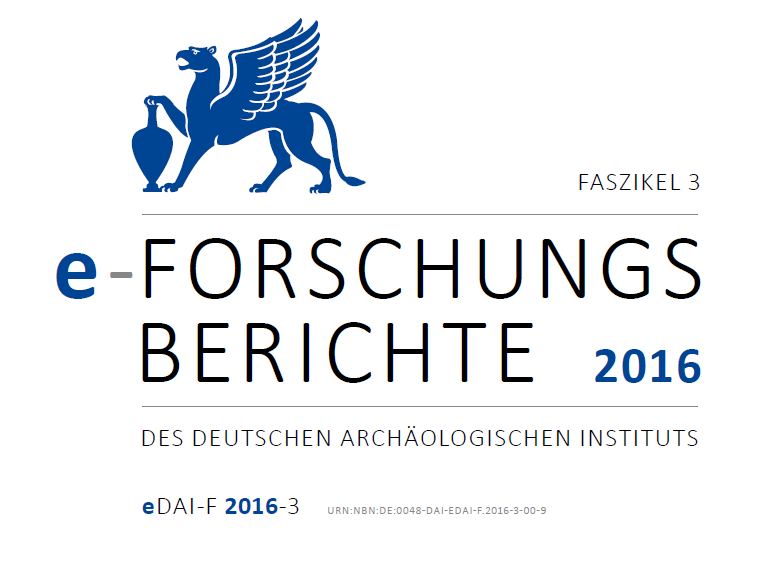Tell El-Fara'In (Buro), Ägypten
https://doi.org/10.34780/6972-9791
Abstract
After the investigation of Early Dynastic settlement remains which allowed us to trace the development of a probable royal estate with economic and administrative functions from the beginning of the first until the middle of the second dynasty, the continuation of work focused on late Predynastic building structures in order to understand the beginning of this process. Although not yet a comprehensive picture can be drawn, interesting features of the Naqada IIIB period shed light on the agricultural and household activities of the inhabitants. Among other things, an installation consisting of small parallel walls, hitherto widely unknown in Egypt, was probably used for the drying of agricultural products, such as grain or other fruits. A fire pit which contained several 80 cm long fire bars made of baked clay might have been connected to the production of beer. The so far reached oldest building structures date to the Naqada IIIA1 period and consist of light constructions, probably in wattle and daub technique. According to the associated pottery these housings are related to the latest phase of the chalcolithic Lower Egyptian Buto-Maadi culture, which also created the first occupation of Buto in the early 4th millennium BC, i.e. several hundreds of years before.Downloads
Veröffentlicht
2023-05-26
Ausgabe
Rubrik
Artikel
Bibliographische Daten & Rezensionen
Zitationsvorschlag
Hartung, U. (2023) “Tell El-Fara’In (Buro), Ägypten”, e-Forschungsberichte des DAI, pp. 25–29. doi:10.34780/6972-9791.





